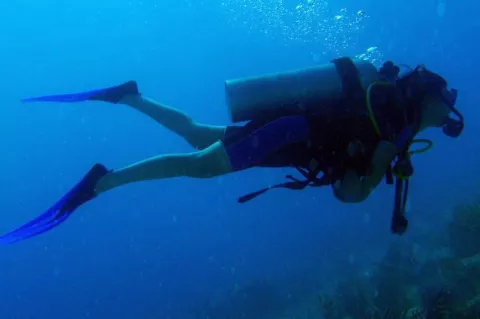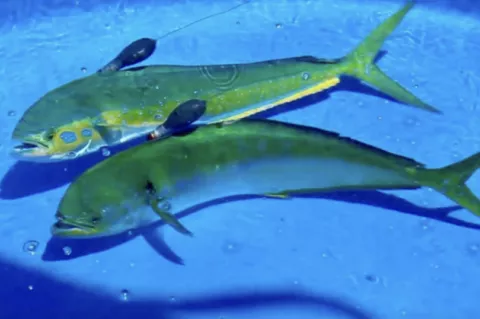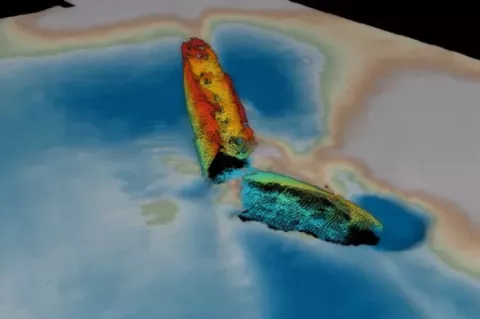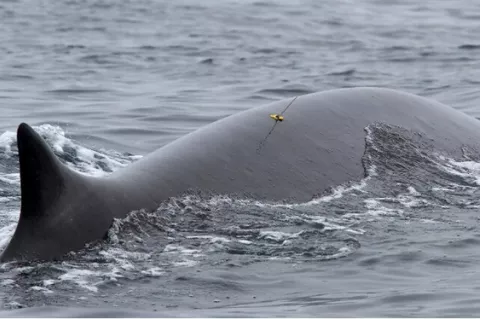All the Trimmings: Tips to Improve Your Efficiency in Water with Good Trim
Trim is a misunderstood, and often poorly rectified, scuba skill. In our scuba journey, trim is something that we may or may not encounter or discuss, unless we get into technical diving or more advanced recreational diving. Francesco Cameli offers insight and advice in how to improve your trim and increase your efficiency in the water.






